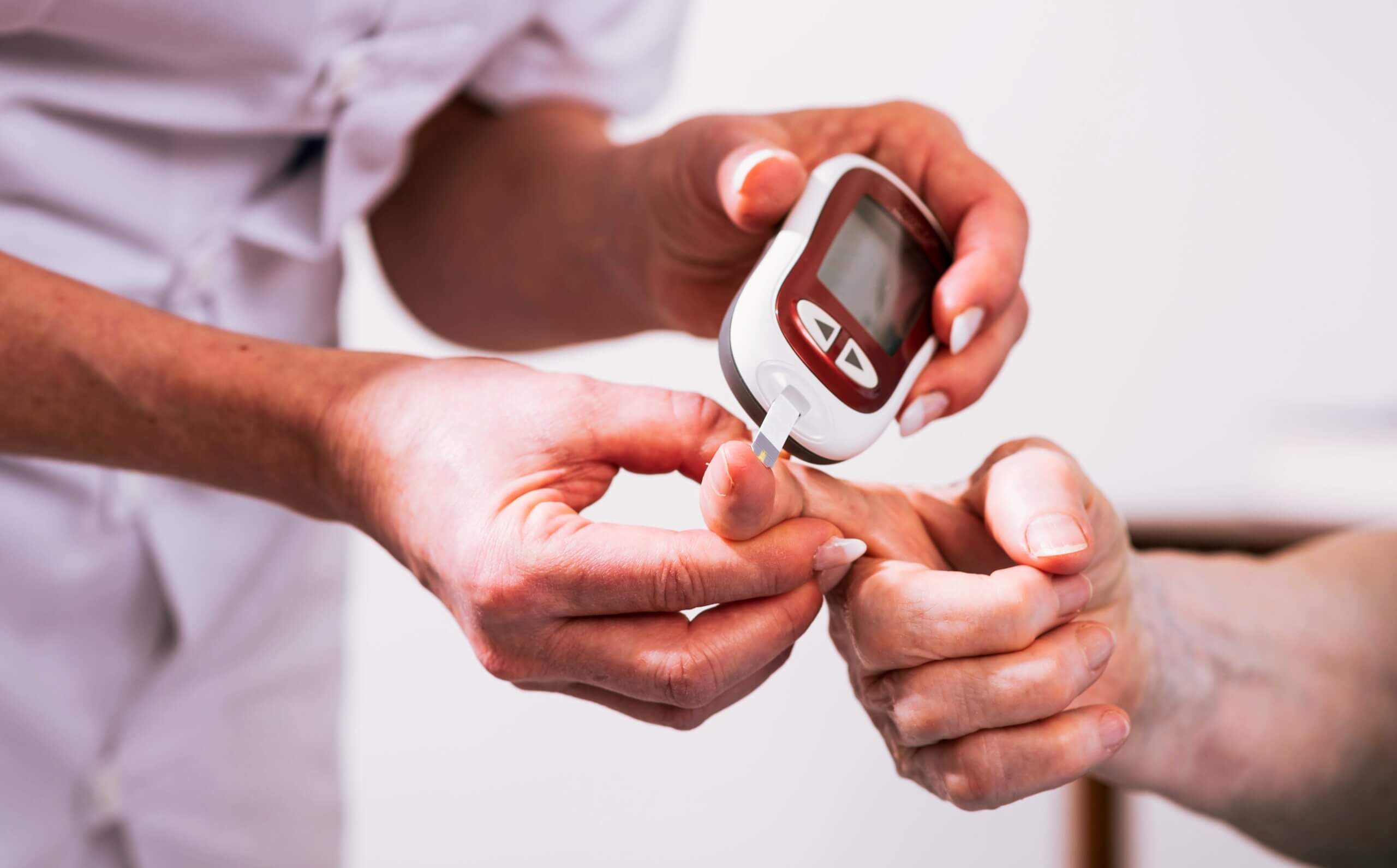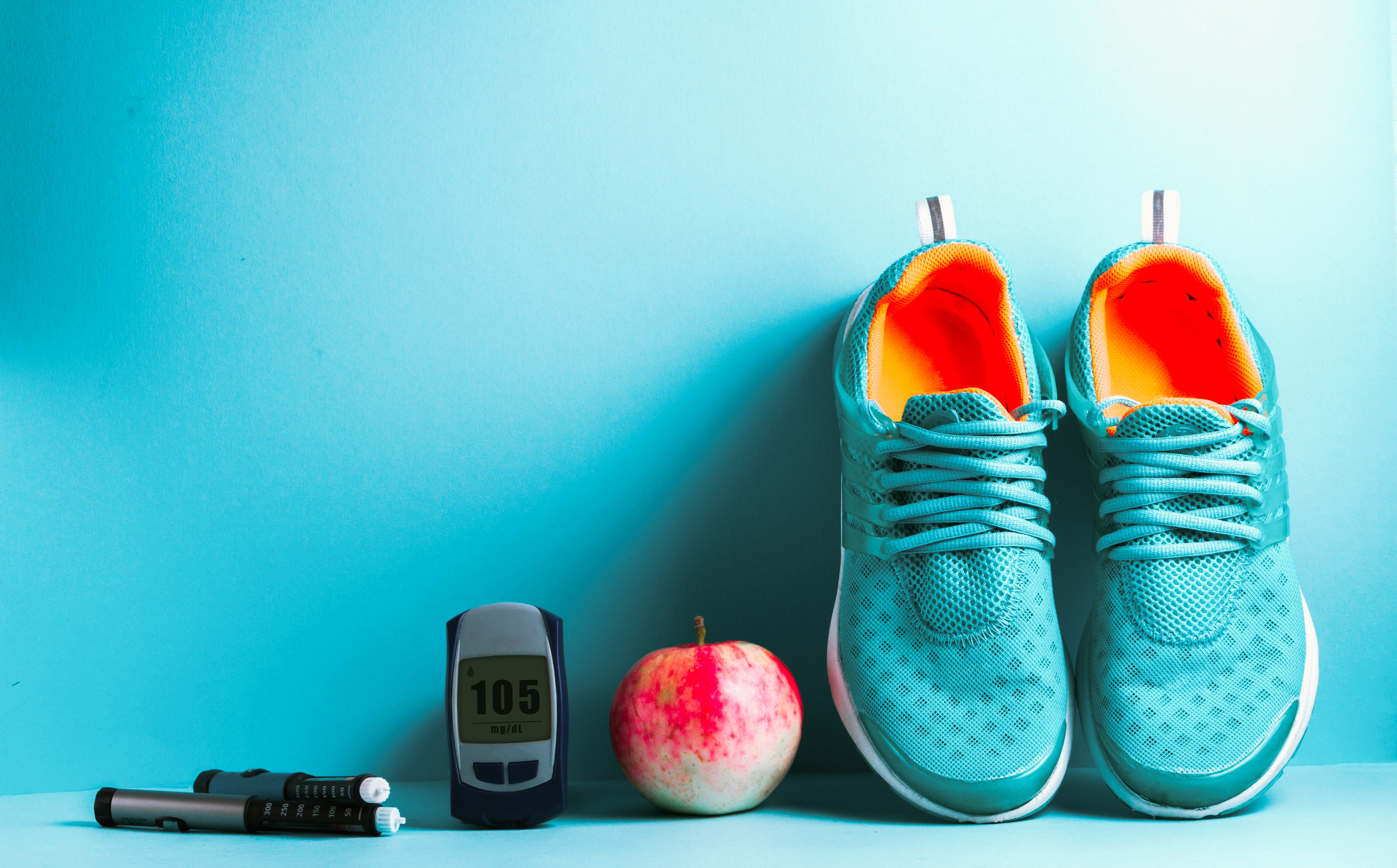Overeating: Why it happens, How to spot it, and What to do about it | Docty Clinics
Diabetes
Diabetes is one of the most common chronic health conditions worldwide, affecting millions of people. In urban areas, where sedentary lifestyles, fast food, and stress are common, the prevalence is rising rapidly. Understanding diabetes—what it is, why it happens, its types, symptoms, risks, and management—is essential for leading a healthy and fulfilling life.

What Is Diabetes?
Diabetes is a condition where your body struggles to regulate blood sugar (glucose) levels. Glucose is essential because it fuels the cells that power everything from thinking to walking. To enter cells, glucose needs insulin, a hormone produced by the pancreas.
In diabetes, either the body doesn’t produce enough insulin or the cells become resistant to it. This results in higher-than-normal blood sugar levels. Over time, uncontrolled blood sugar can damage organs, blood vessels, and nerves, leading to complications.
According to the International Diabetes Federation (IDF), as of 2023, over 540 million adults worldwide live with diabetes, and a significant number remain undiagnosed, highlighting the need for awareness and early detection.
Why Does Diabetes Happen?
Diabetes develops due to a mix of genetics, lifestyle, and environmental factors:
- Genetics: Family history significantly increases risk, especially for type 2 diabetes.
- Lifestyle: Diets high in processed foods and sugary drinks, combined with minimal physical activity, contribute to rising rates in urban populations.
- Age: Risk increases after 45, although younger adults are increasingly affected.
- Ethnicity: Certain groups, including South Asians, African Americans, and Hispanics, are more predisposed.
- Other Health Conditions: Hypertension, high cholesterol, and metabolic syndrome can elevate diabetes risk.
Research, such as the Diabetes Prevention Program, shows that lifestyle changes—healthy eating, regular exercise, and weight management—can reduce the risk of developing type 2 diabetes by more than 50% in high-risk adults.
What are the types of Diabetes?
- Type 1 Diabetes
Type 1 diabetes is an autoimmune condition where the immune system attacks insulin-producing cells in the pancreas. It usually develops in children, adolescents, or young adults.
People with type 1 diabetes require lifelong insulin therapy. It accounts for around 5–10% of diabetes cases, can appear suddenly, and often presents rapid weight loss and high blood sugar levels.
- Type 2 Diabetes
Type 2 diabetes is the most common form, accounting for over 90% of cases globally. It generally develops in adults, although younger individuals are increasingly affected due to sedentary lifestyles and unhealthy diets.
In type 2 diabetes, the body either becomes resistant to insulin or the pancreas doesn’t produce enough insulin. Risk factors include obesity, lack of exercise, family history, and unhealthy dietary habits.
- Gestational Diabetes
Gestational diabetes occurs during pregnancy, usually in the second or third trimester. It typically resolves after childbirth, but it increases the mother’s risk of developing type 2 diabetes later.
Babies born to mothers with gestational diabetes are at higher risk of obesity and diabetes in childhood.
- Other Types
- There are rare forms of diabetes caused by specific genetic mutations (monogenic diabetes) or secondary causes such as pancreatitis, hormonal disorders, or certain medications.
Who Is Most Affected?
While diabetes can affect anyone, adults above 15 years old are particularly vulnerable due to lifestyle patterns. Rapid urbanisation in countries like India has led to increased prevalence of type 2 diabetes. According to the Indian Council of Medical Research (ICMR), urban adults have nearly double the risk compared to rural populations, largely due to diet, sedentary behaviour, and stress.
Symptoms of Diabetes
Early recognition of diabetes is crucial to preventing complications. Here are common symptoms to look out for:
- Increased thirst and frequent urination
- Unexplained weight loss
- Fatigue or low energy
- Blurred vision
- Slow-healing cuts or wounds
- Tingling or numbness in hands or feet
- Recurrent infections, including gum or bladder infections
Note: Type 2 diabetes can develop gradually, and some people may remain asymptomatic for years, which is why routine screenings are important.

Preventing Type 2 Diabetes
While type 1 diabetes cannot be prevented, type 2 diabetes risk can be significantly reduced through:
- Maintaining a healthy diet
- Regular physical activity
- Weight management
- Avoiding tobacco and excessive alcohol
- Routine health check-ups
It is important that adults stay aware of early symptoms and get periodic screenings, especially if risk factors are present.
Risks and Complications
Living with uncontrolled diabetes can affect nearly every organ in the body. If diabetes isn’t diagnosed or if treatment isn’t properly administered, several risks and complications can arise:
- Cardiovascular Disease: High blood sugar levels over time can damage blood vessels and the nerves that control the heart. This increases the risk of serious cardiovascular problems, including heart attacks, strokes, and atherosclerosis (hardening of the arteries). Managing blood sugar, blood pressure, and cholesterol levels is essential to reduce these risks.
- Kidney Disease (Diabetic Nephropathy): Diabetes is one of the leading causes of chronic kidney disease and can eventually lead to kidney failure. High glucose levels damage the delicate filtering units (nephrons) in the kidneys, causing protein to leak into the urine. Early detection through urine and blood tests can prevent progression, but advanced cases may require dialysis or a kidney transplant.
- Neuropathy (Nerve Damage): Excess blood sugar can injure nerves throughout the body, most commonly in the hands and feet. Symptoms include numbness, tingling, burning sensations, and pain. Neuropathy can make it difficult to feel injuries, increasing the risk of infections and complications.
- Eye Problems (Diabetic Retinopathy and more): Prolonged high blood sugar can damage blood vessels in the retina, leading to diabetic retinopathy – a leading cause of blindness in adults. Diabetes also increases the risk of glaucoma and cataracts.
- Foot Complications: Reduced blood flow and nerve damage in the feet can cause ulcers, infections, and in severe cases, amputations.
- Mental Health Issues: Living with diabetes can take a significant emotional toll. Anxiety, depression, and diabetes-related distress are common – worrying about blood sugar levels, medications, and potential complications can affect quality of life. Support from mental health professionals, counselling, and support groups can be valuable in managing the emotional challenges of living with diabetes.
Diagnosis of Diabetes
With the potentially severe nature of diabetes, early diagnosis is crucial. Here are the common tests used to diagnose diabetes:
- Fasting Blood Sugar (FBS): Measures blood sugar after an overnight fast. Levels above 126 mg/dL may indicate diabetes.
- Oral Glucose Tolerance Test (OGTT): Blood sugar is measured before and after 2 hours of drinking a sugary solution.
- HbA1c Test: Shows average blood sugar over 2–3 months; values above 6.5% typically indicate diabetes.
- Random Blood Sugar Test: A single blood sugar reading above 200 mg/dL with symptoms may indicate diabetes.
Regular screenings are recommended for adults above 35 or earlier if risk factors are present. If you or your children have been feeling any of the symptoms or have a family history of diabetes, talk to your doctor and get tested.
Checking Diabetes at Home
Monitoring your blood sugar at home is an important part of managing diabetes. It helps you understand how your lifestyle, diet, and medications affect your blood sugar levels and allows for timely adjustments.
Devices such as a glucometer or continuous Glucose Monitors (CGM) can be helpful. Keep a log of your readings, meals, physical activity, and medications, and share any patterns you observe with your doctor.
Treatment and Management
Diabetes management is a lifelong commitment that combines lifestyle changes, medication, and regular monitoring.
Lifestyle Modifications
- Balanced Diet: Focus on whole grains, vegetables, fruits, lean proteins, and healthy fats. Limit processed foods and added sugars.
- Physical Activity: At least 150 minutes (2.5+ hours) of moderate-intensity exercise per week, such as brisk walking, cycling, swimming, and dancing.
- Weight Management: Maintaining a healthy weight improves insulin sensitivity and reduces complications.
- Stress Management: Techniques like meditation, yoga, or counselling can help manage stress-related blood sugar spikes.
Medications
- Type 1 Diabetes: Requires insulin therapy.
- Type 2 Diabetes: Oral medications like metformin, sulfonylureas, or newer drugs such as GLP-1 receptor agonists and SGLT2 inhibitors may be prescribed.
- Monitoring: Regular blood sugar checks and HbA1c testing are vital to ensure treatment effectiveness.
Note: Please consult your doctor before starting any medications.
Living with Diabetes
Being diagnosed with diabetes does not mean that your life needs to come to a stop. With the right balance, proactive care, and healthy habits, you can continue to live a full and active life.
It is important to:
- Monitor regularly: Track blood sugar levels consistently to keep track of your health.
- Build a support network: Family, friends, and diabetes support groups can provide motivation and guidance.
- Have access to mental health support: Since managing a chronic illness can be challenging, it is important to seek mental health support. Don’t hesitate to talk to a psychiatrist.
In Conclusion
Diabetes is a lifelong condition, but with awareness, early detection, and proactive management, people can live full and healthy lives. Understanding its types, causes, symptoms, and treatment options is the first step toward control.
Frequently Asked Questions (FAQs) - Diabetes
- Can diabetes be cured?
No, diabetes currently cannot be cured, but it can be managed effectively with lifestyle changes, medications, and regular monitoring to live a healthy life. - What is the difference between type 1 and type 2 diabetes?
Type 1 diabetes is an autoimmune condition where the body stops producing insulin. Type 2 diabetes occurs when the body becomes resistant to insulin or produces insufficient amounts. Type 1 requires insulin therapy, while type 2 may be managed with lifestyle changes and/or medications. - Can I prevent diabetes?
Type 1 diabetes cannot be prevented. Type 2 diabetes risk can be reduced through a healthy diet, regular physical activity, maintaining a healthy weight, avoiding tobacco, and routine health screenings. - How do I know if I have diabetes?
Common symptoms include excessive thirst, frequent urination, fatigue, unexplained weight loss, blurred vision, slow-healing wounds, tingling in hands or feet, and recurrent infections. A doctor can confirm with tests like fasting blood sugar, HbA1c, or OGTT. - How often should I get tested for diabetes?
Adults over 35, or younger adults with risk factors such as obesity or family history, should get screened at least once every 3 years. High-risk individuals may need more frequent testing. - Can I live a normal life with diabetes?
Yes. With regular monitoring, medication if prescribed, a balanced diet, physical activity, and mental health support, people with diabetes can lead active and fulfilling lives. - Are there complications if diabetes is not managed?
Yes. Poorly controlled diabetes can lead to heart disease, kidney disease, nerve damage, vision problems, foot ulcers, and mental health challenges. Early detection and proper management reduce these risks.

